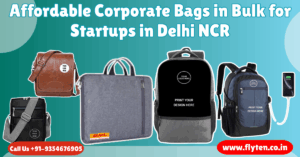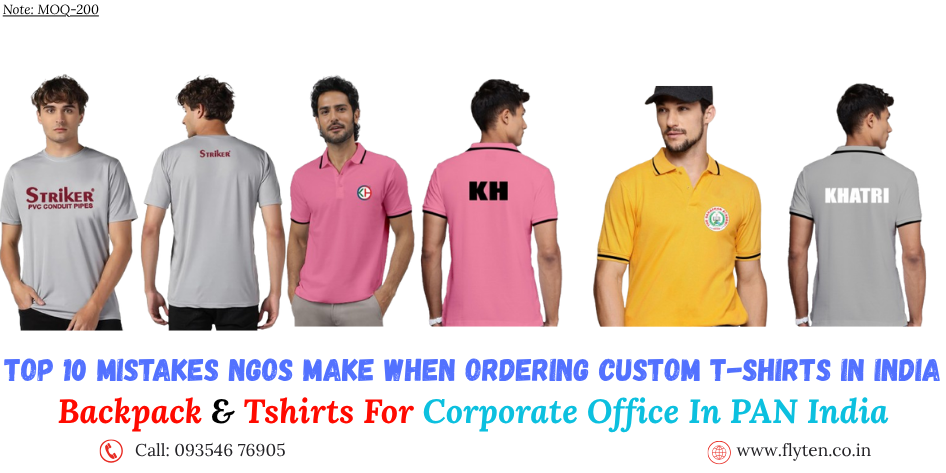
Custom t-shirts are powerful tools for NGOs. Whether it’s for awareness drives, fundraising events, volunteer identification, or community outreach, a well-designed t-shirt can strengthen your message and unite your team.
But many NGOs—especially those ordering for the first time—make costly mistakes that lead to budget wastage, missed deadlines, or poor quality apparel.
Read Also: Why NGOs Prefer Custom T-Shirts for Awareness Drives?
Here are the top mistakes NGOs make when ordering custom t-shirts, and more importantly, how to avoid them.
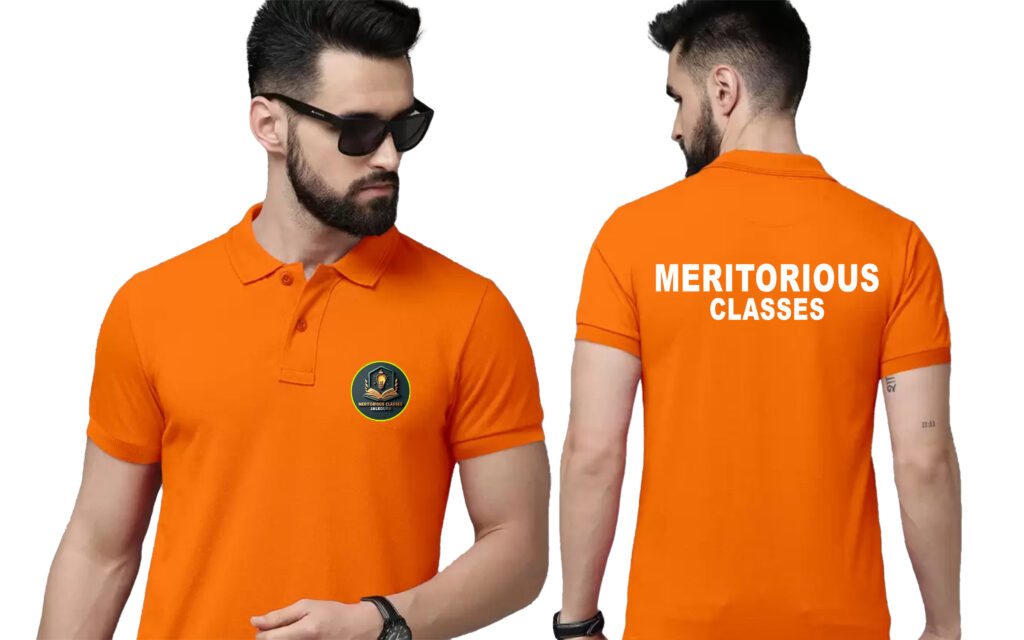

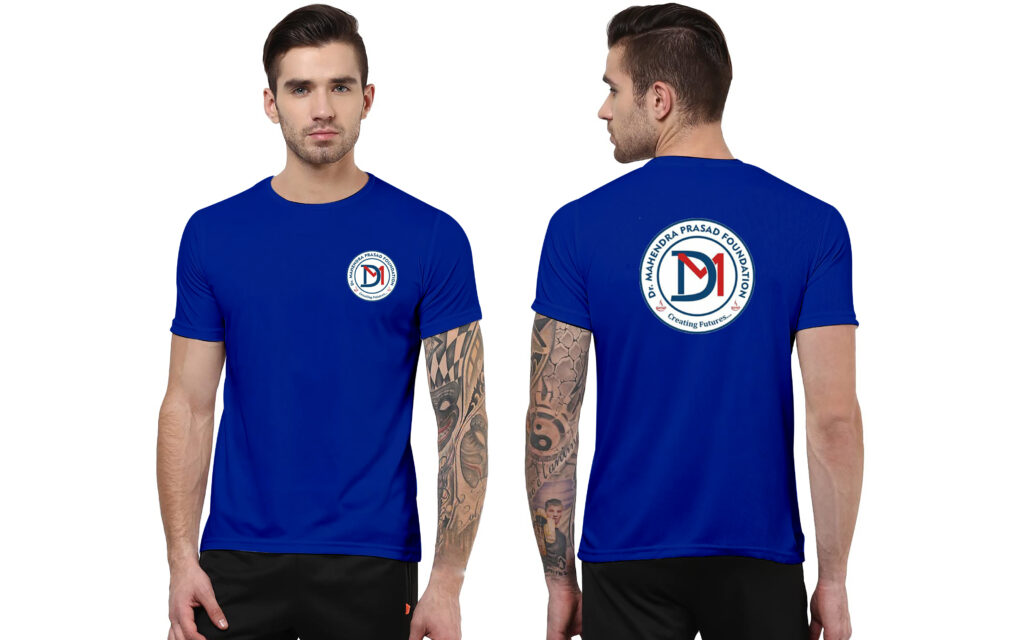
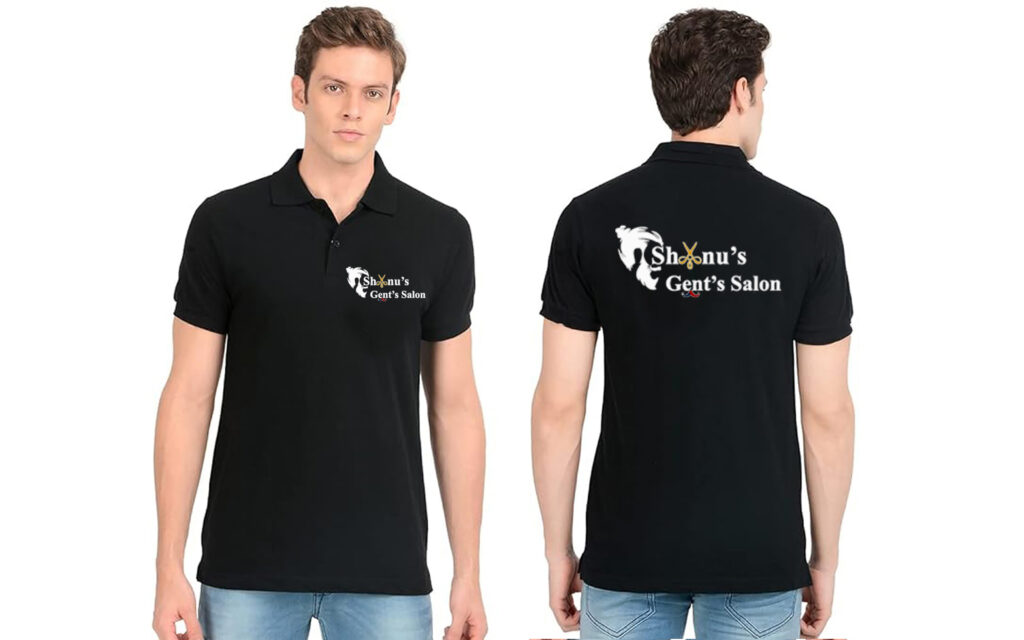
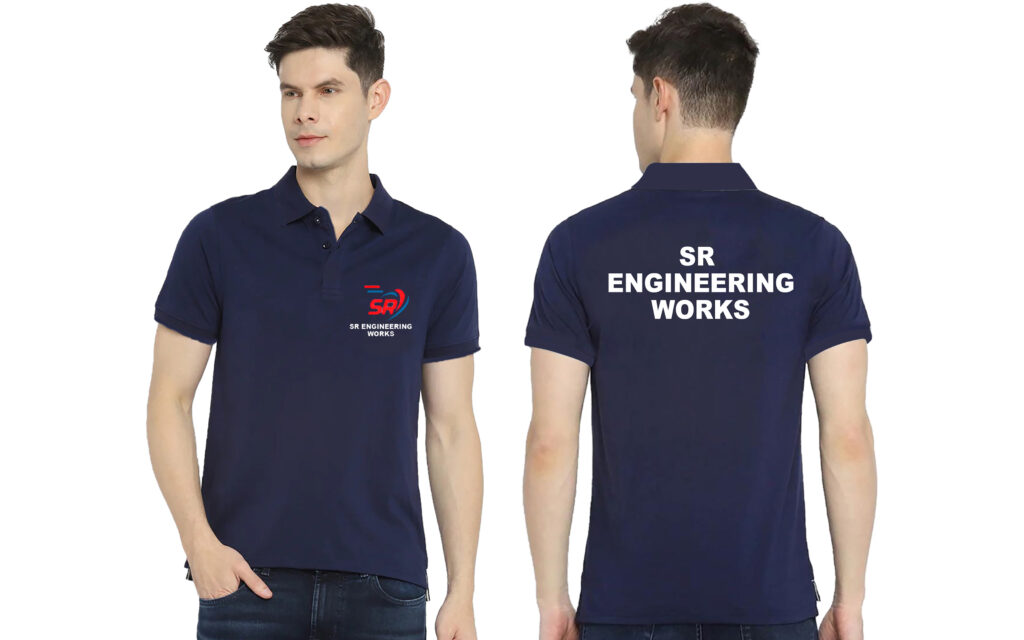
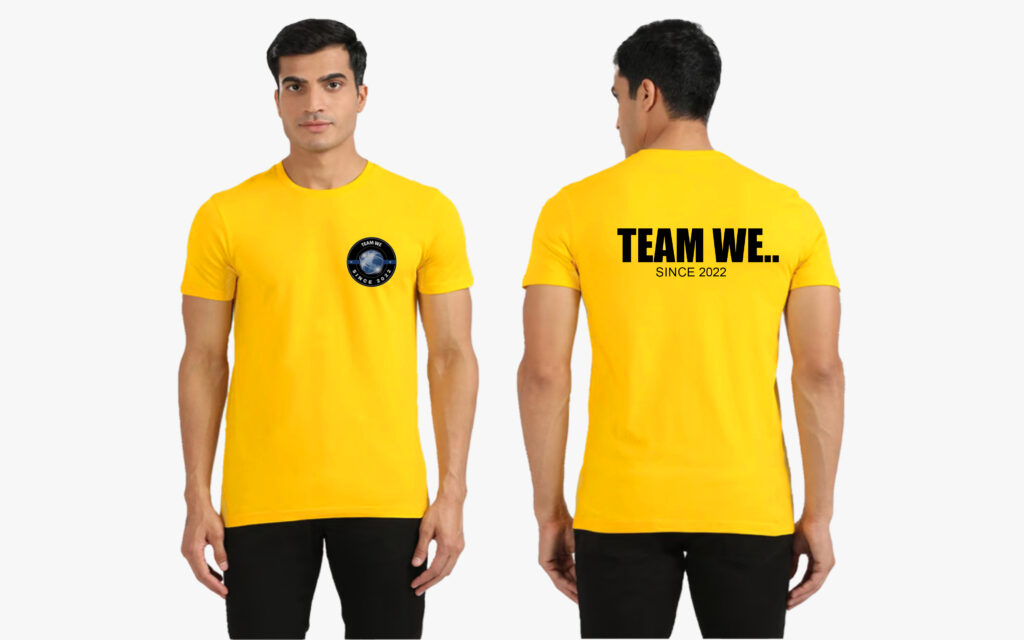


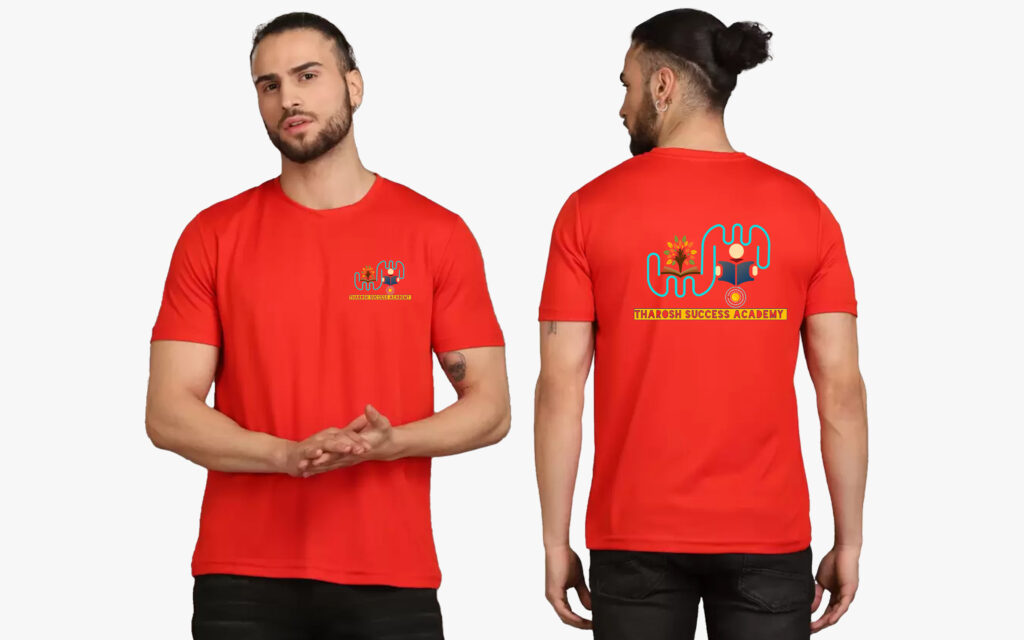

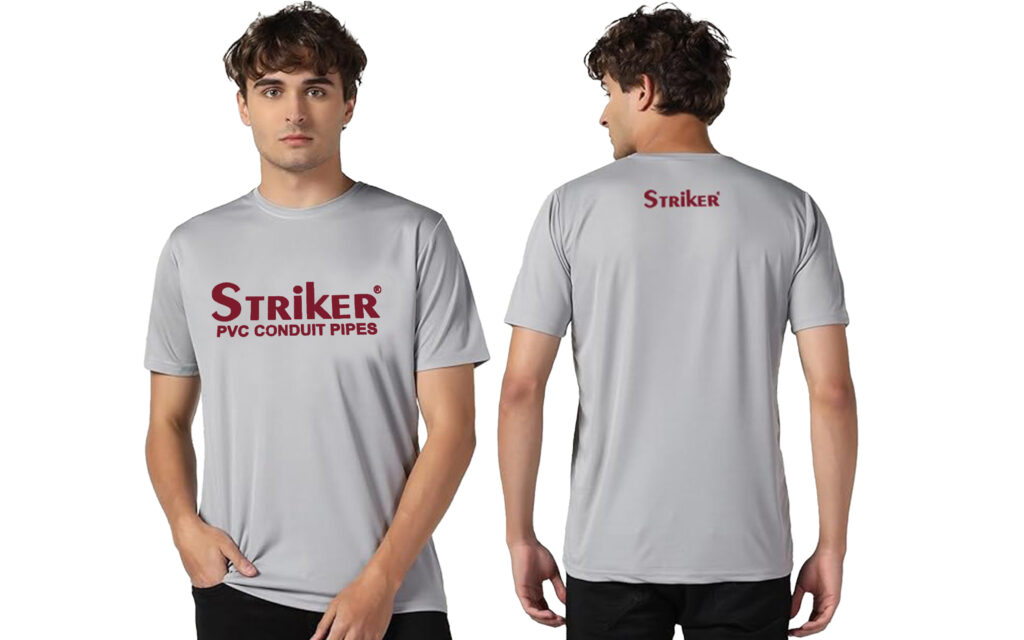

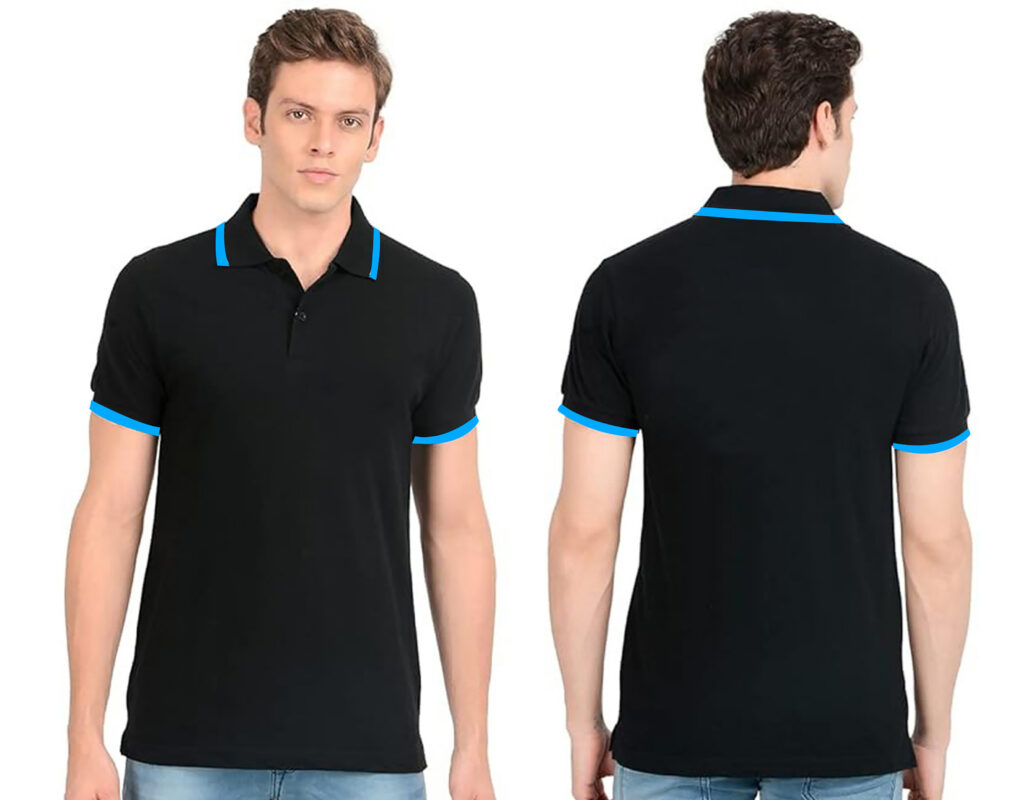
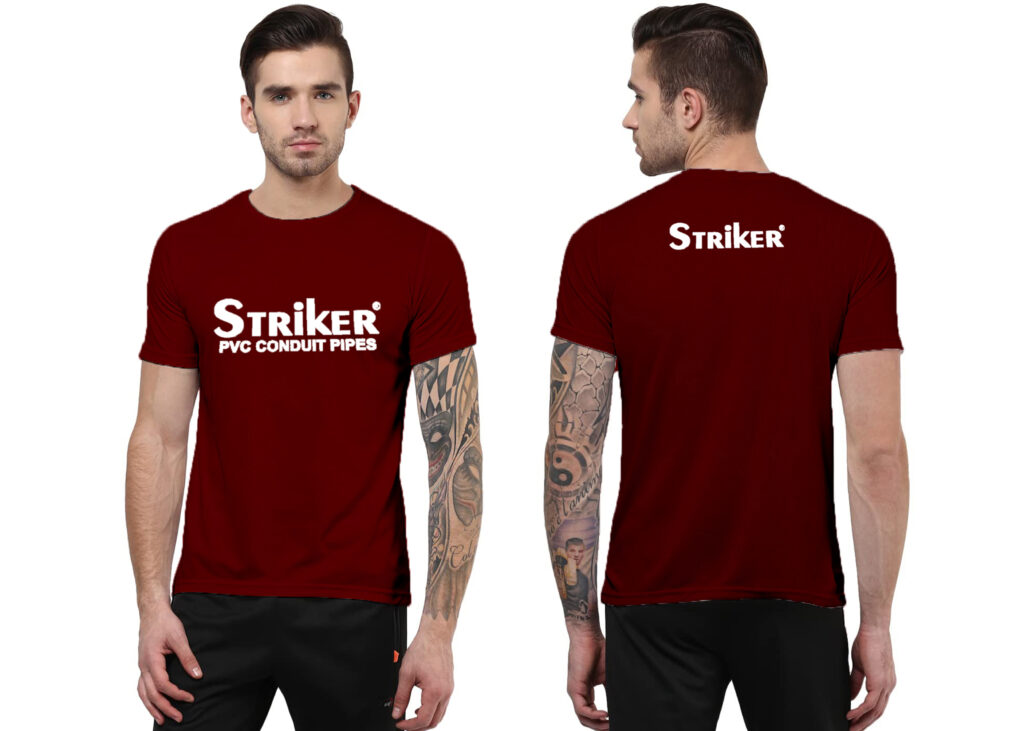
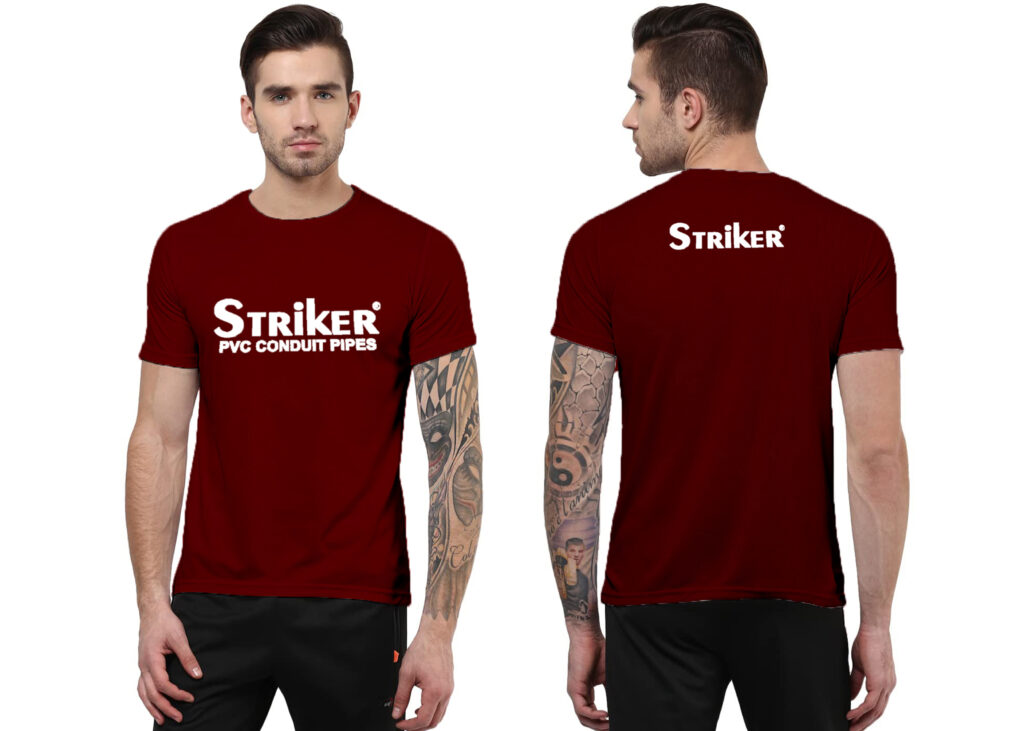
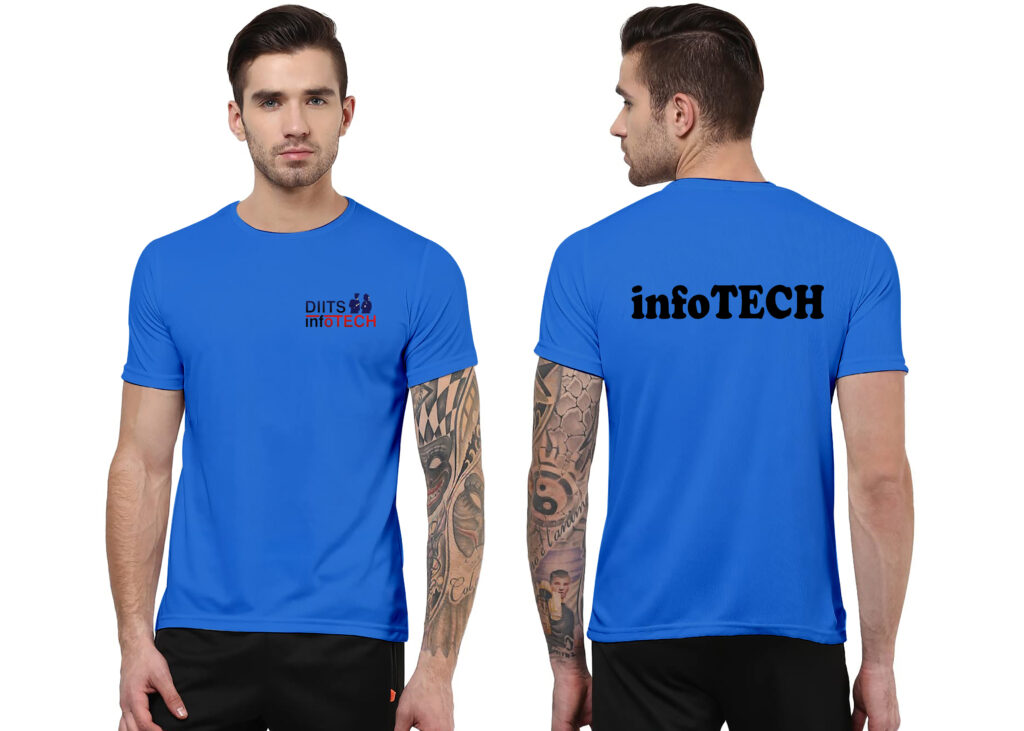
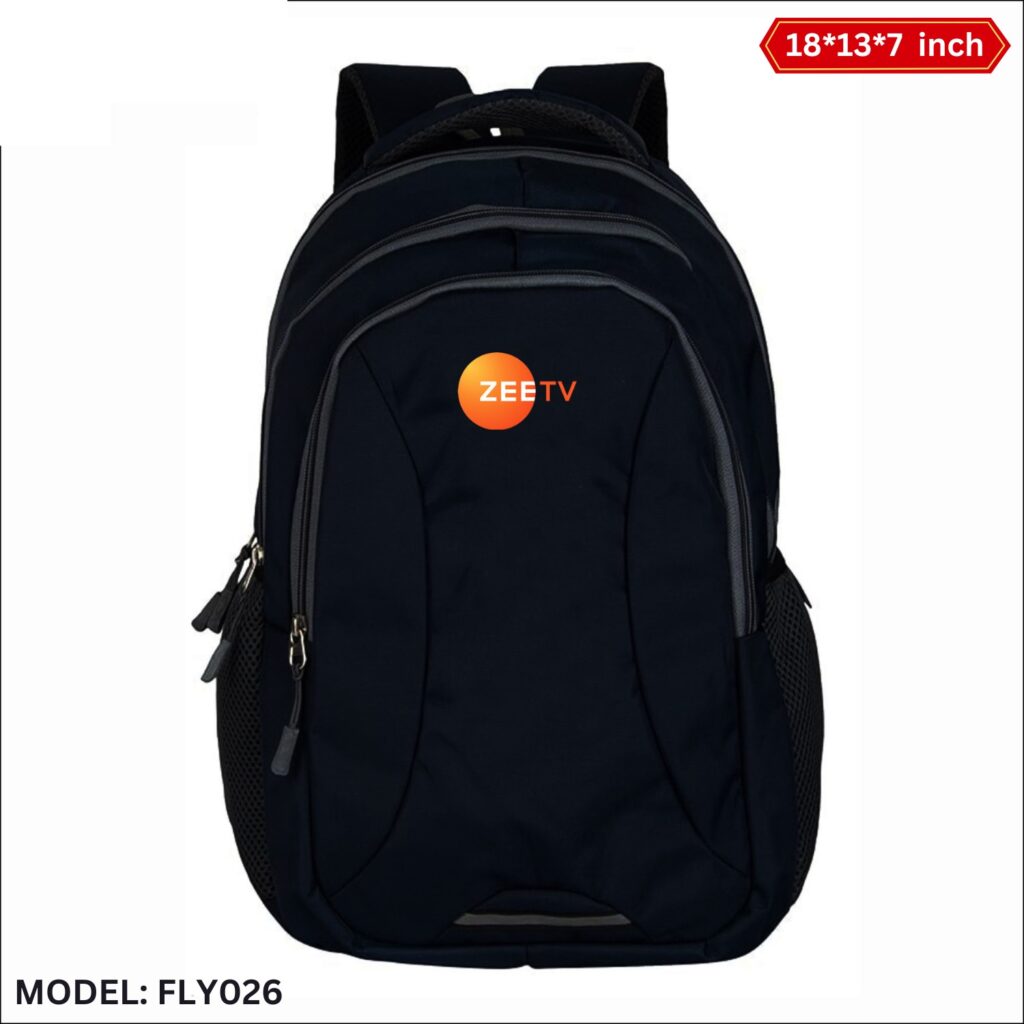
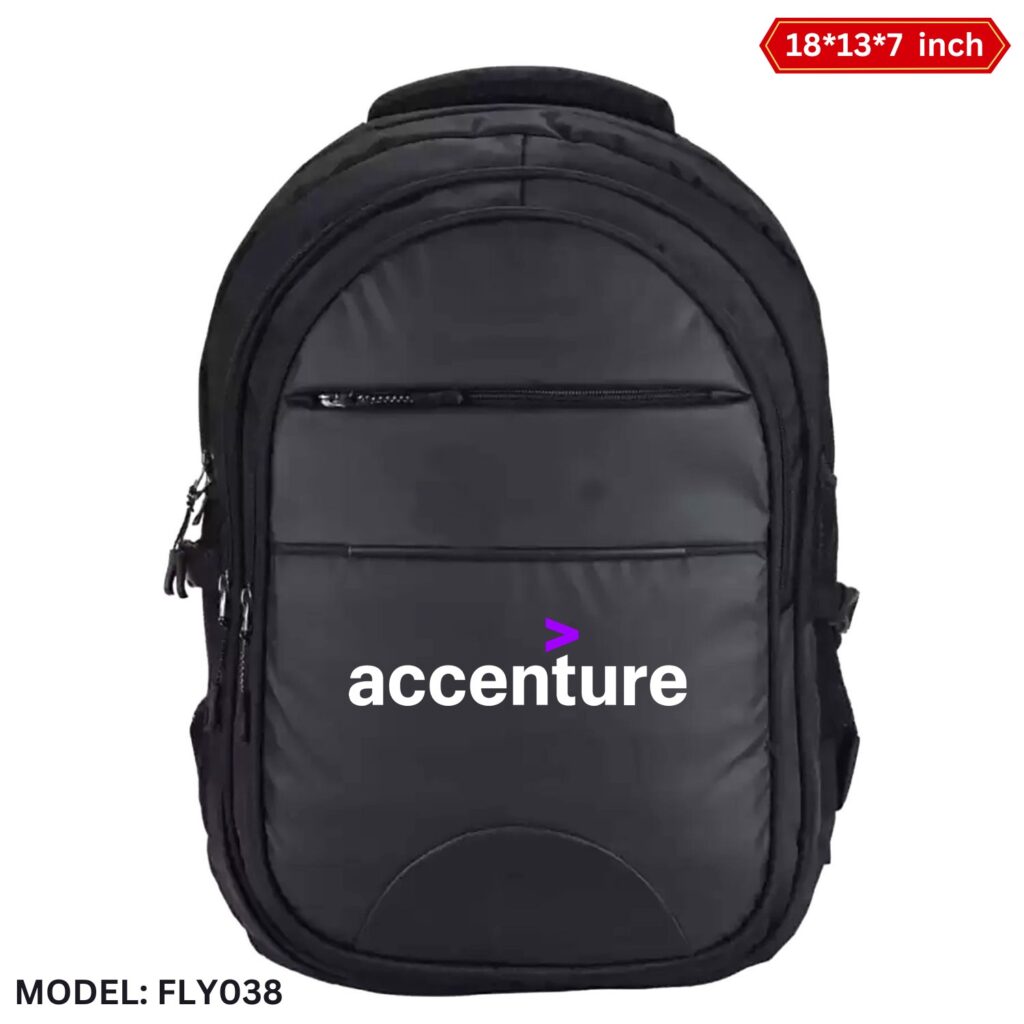
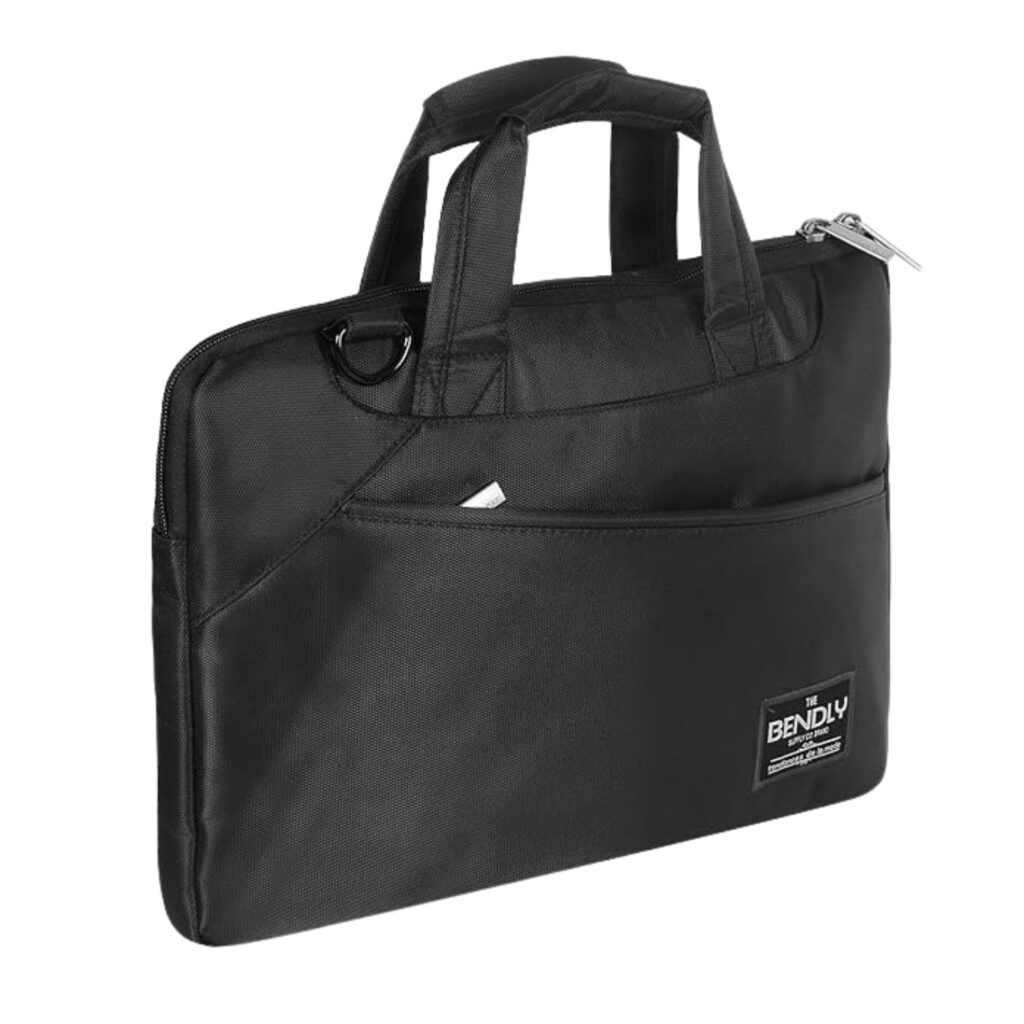
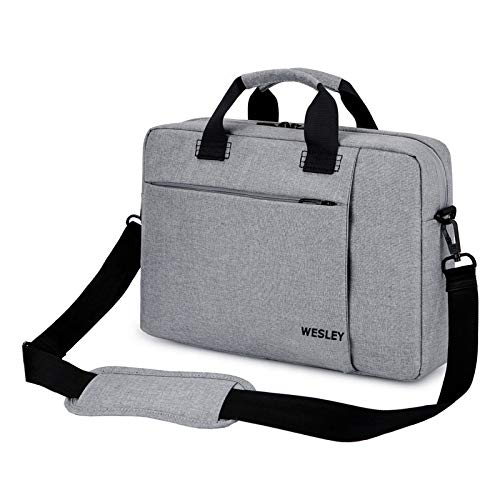

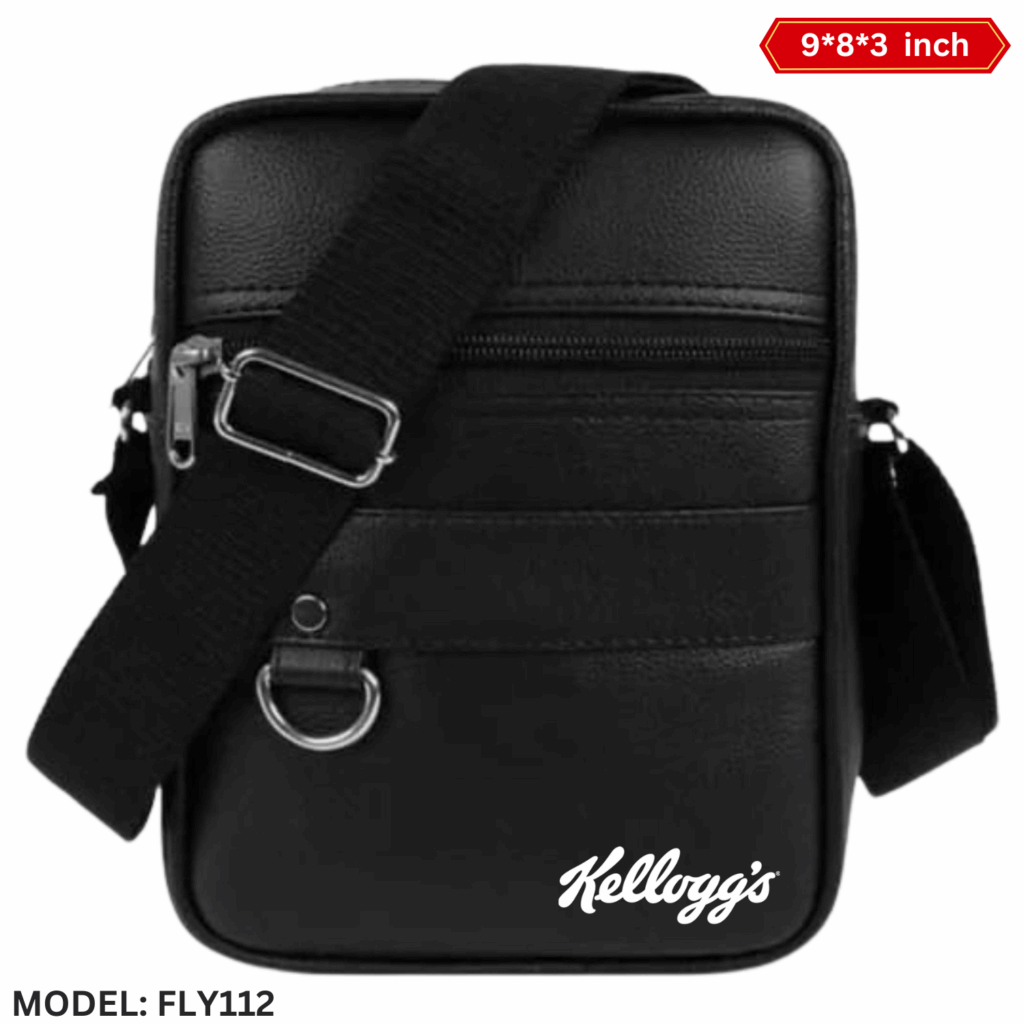
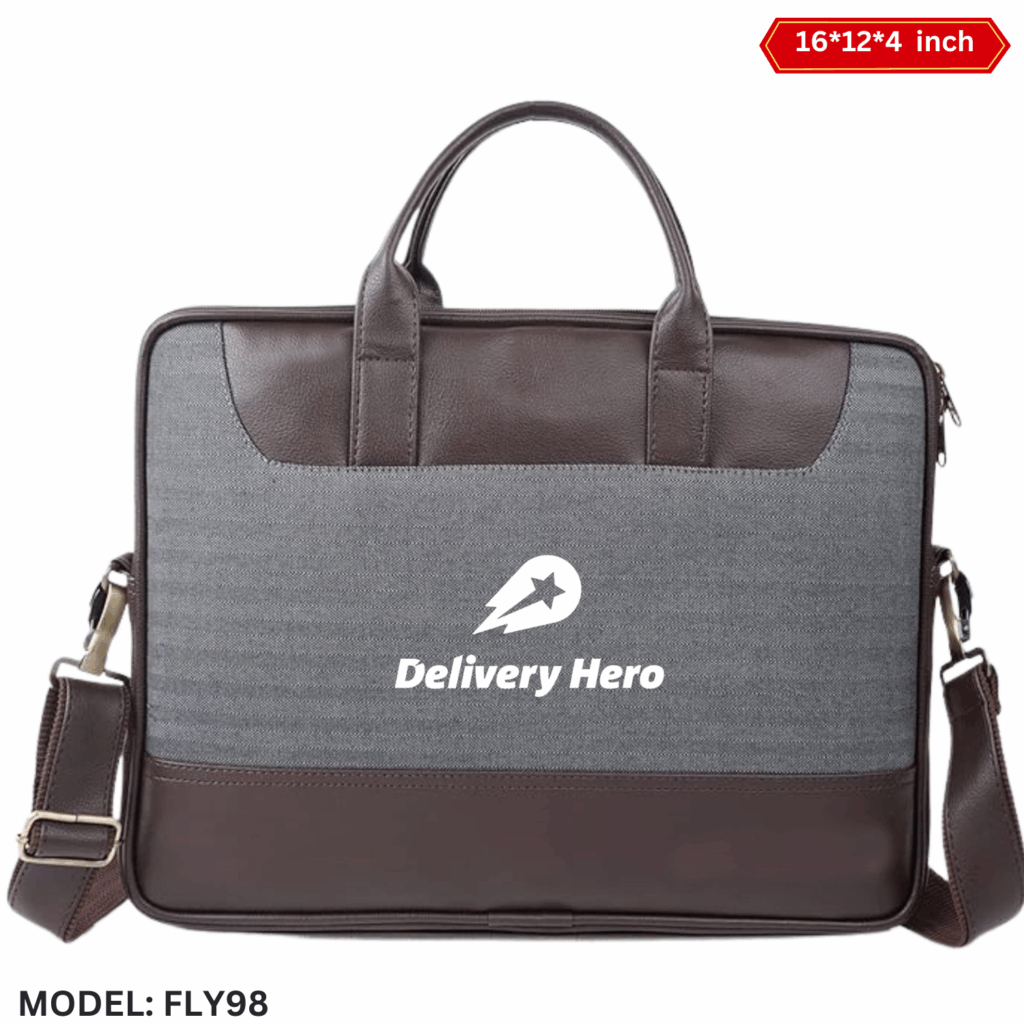
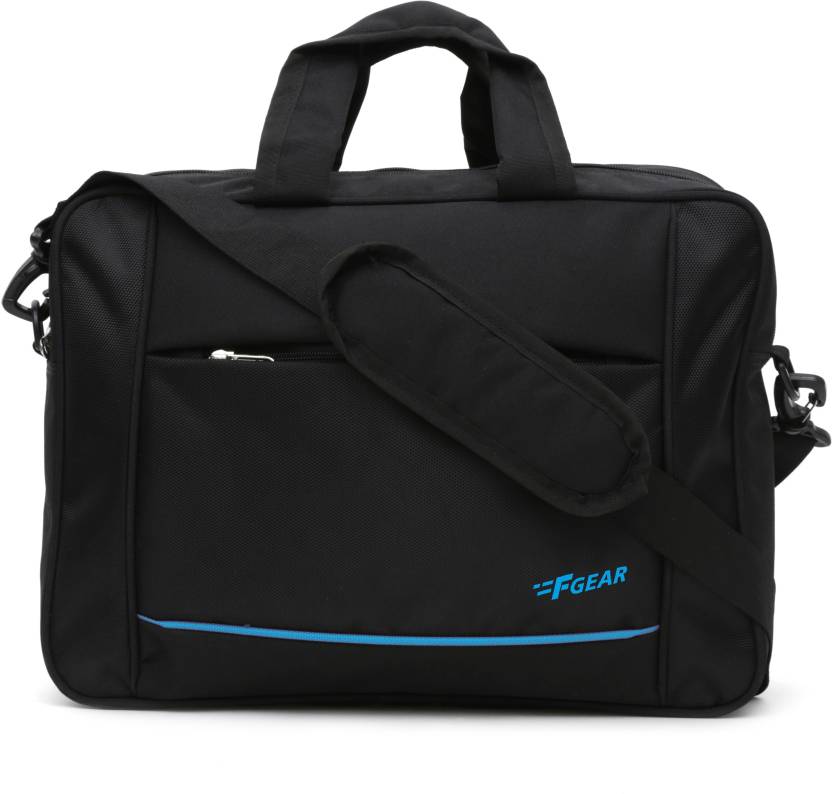
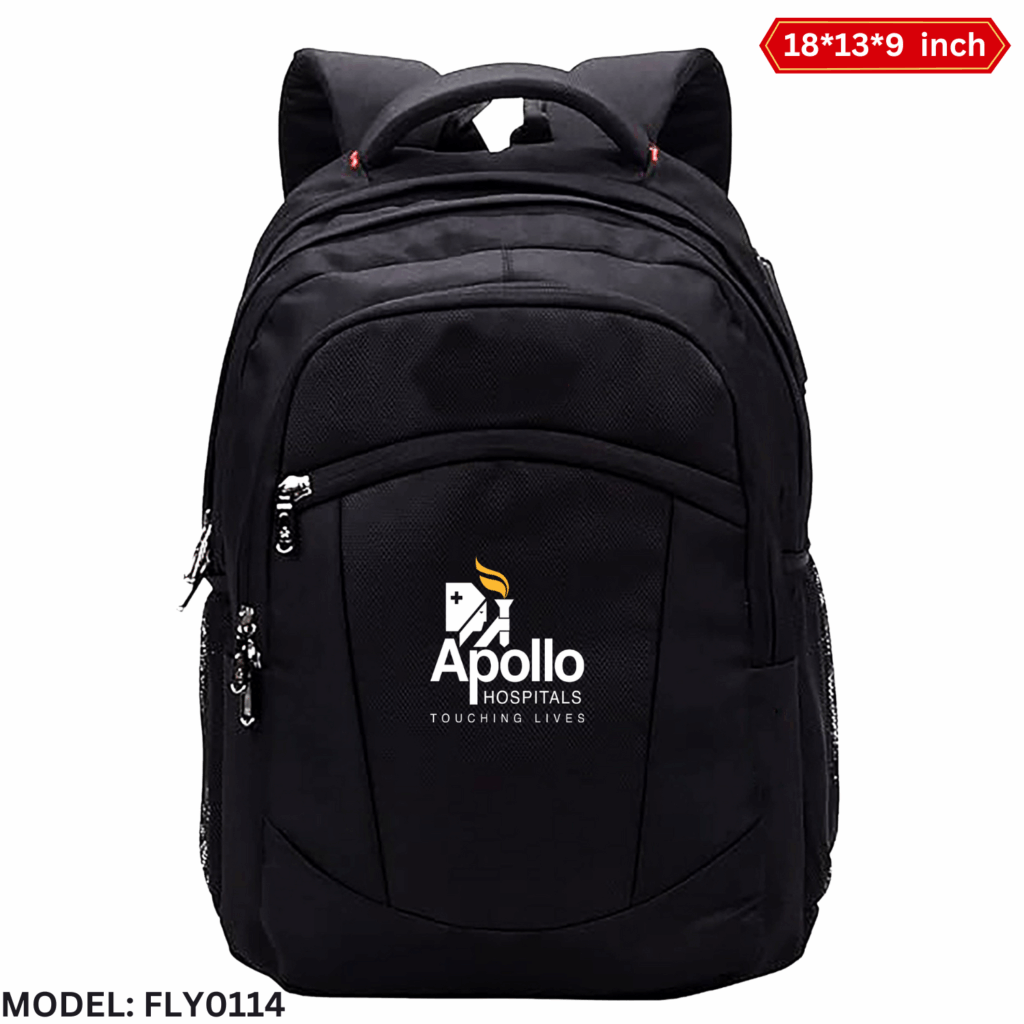
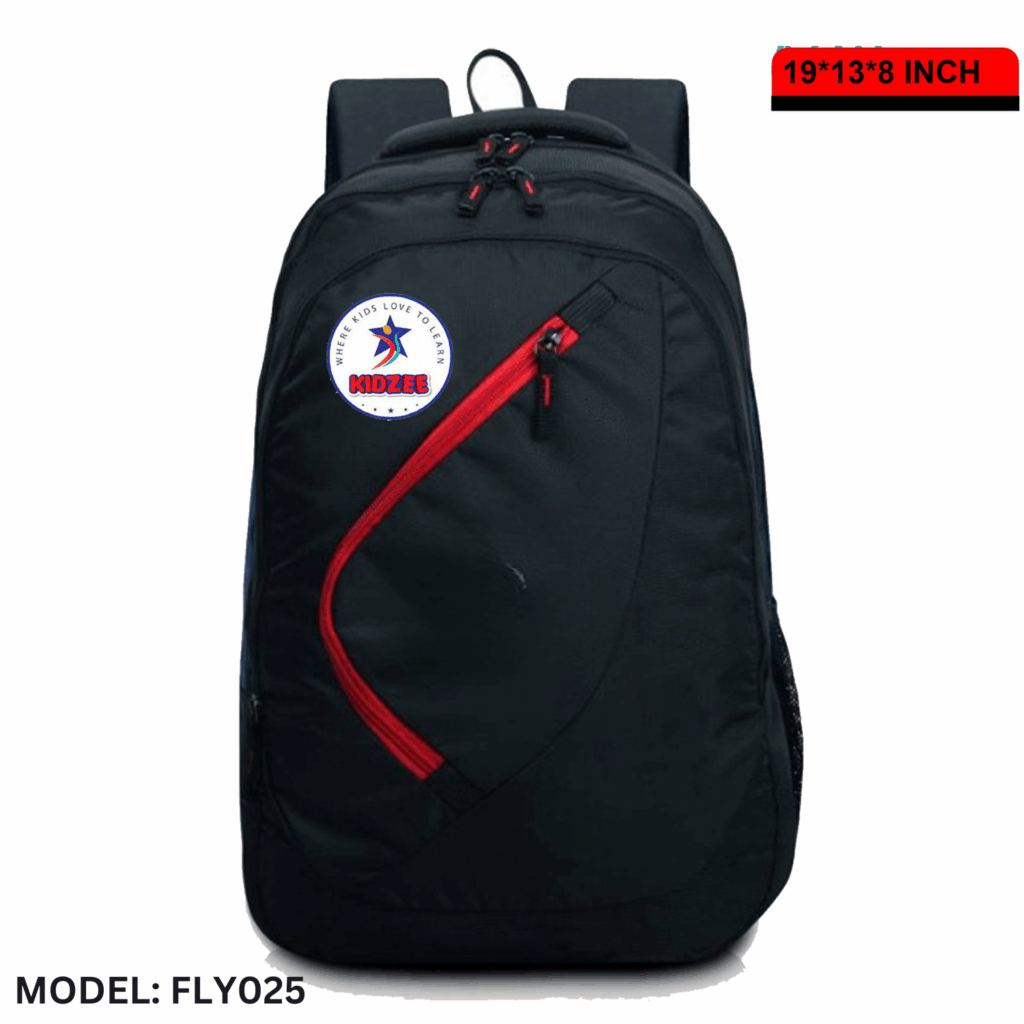
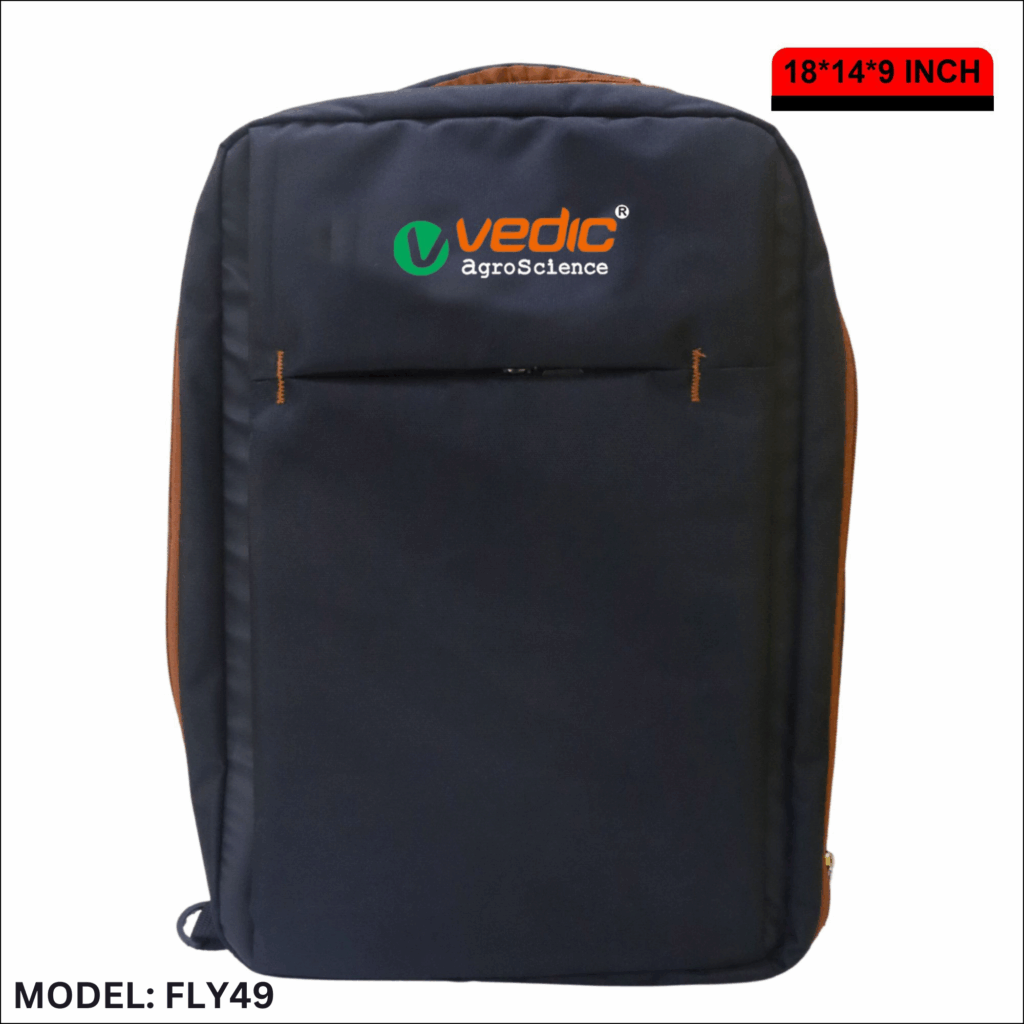
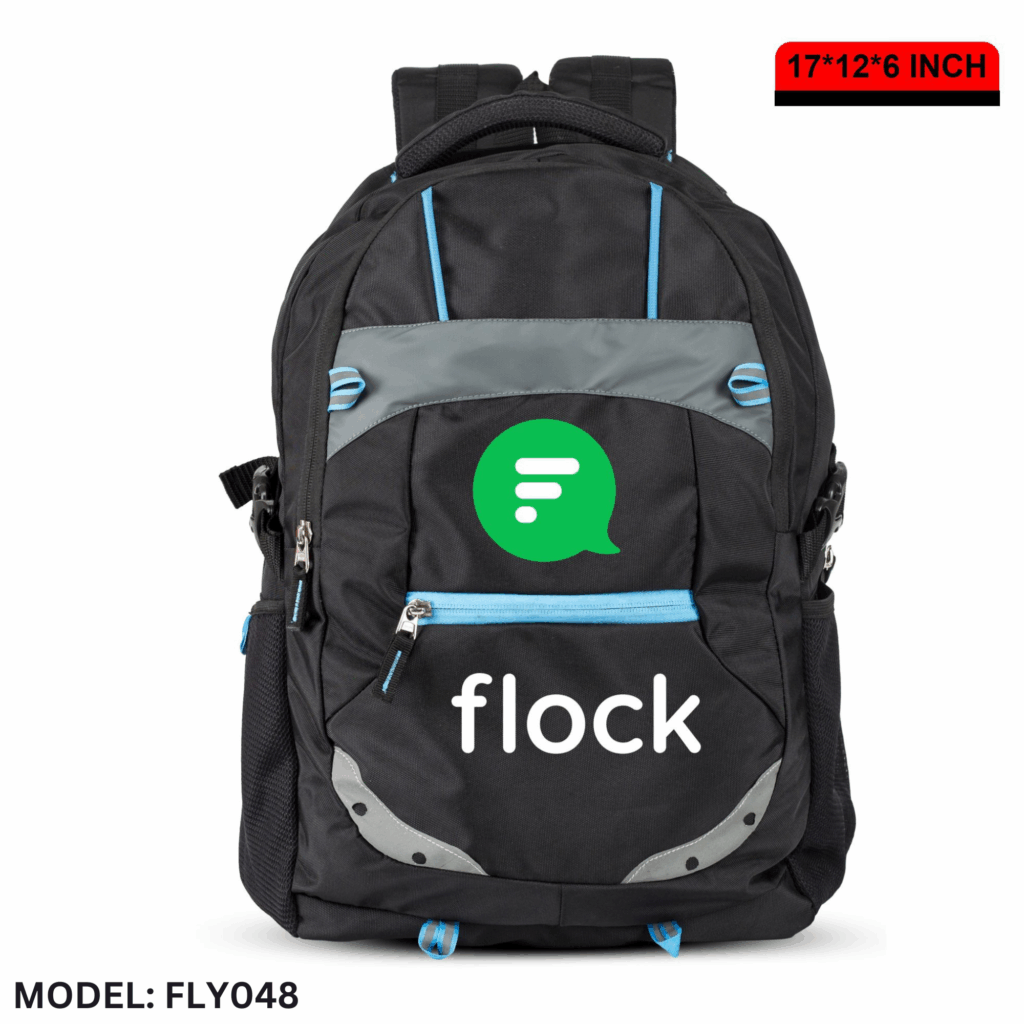


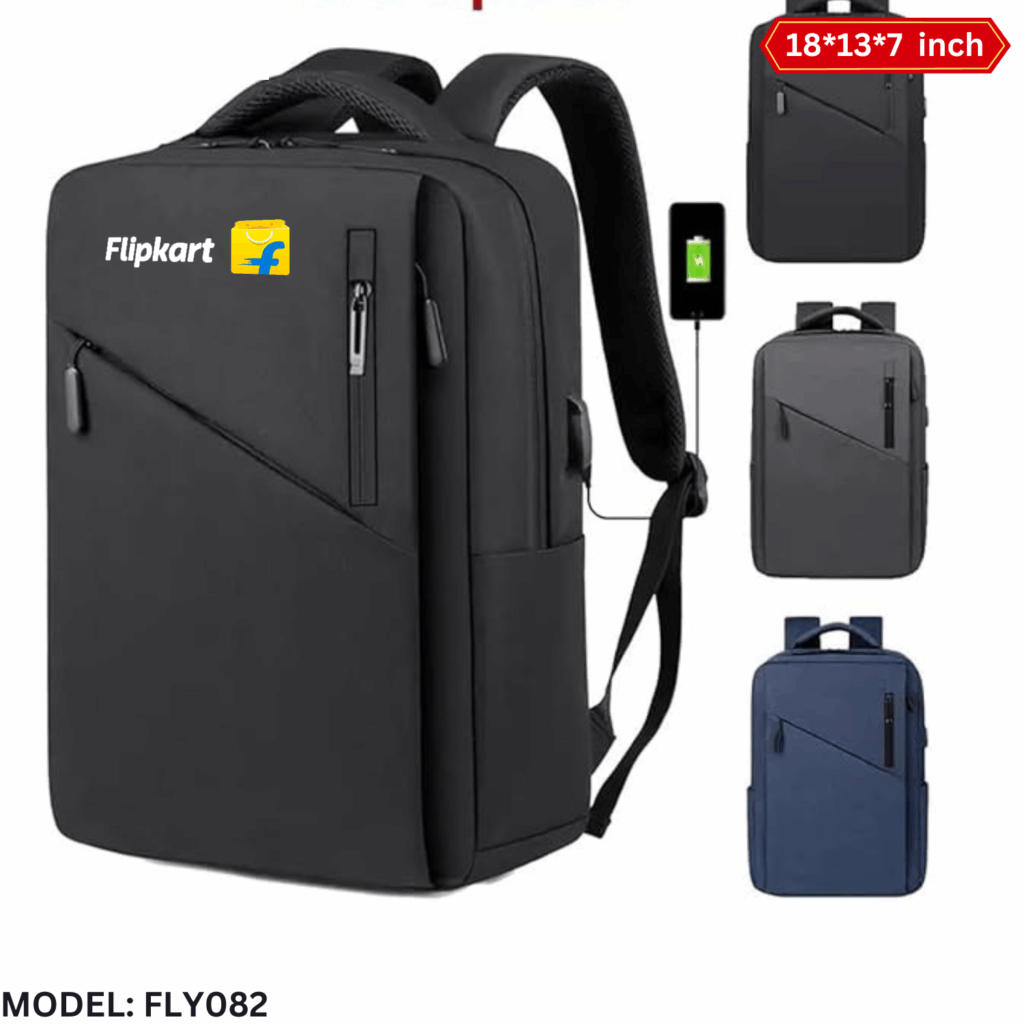
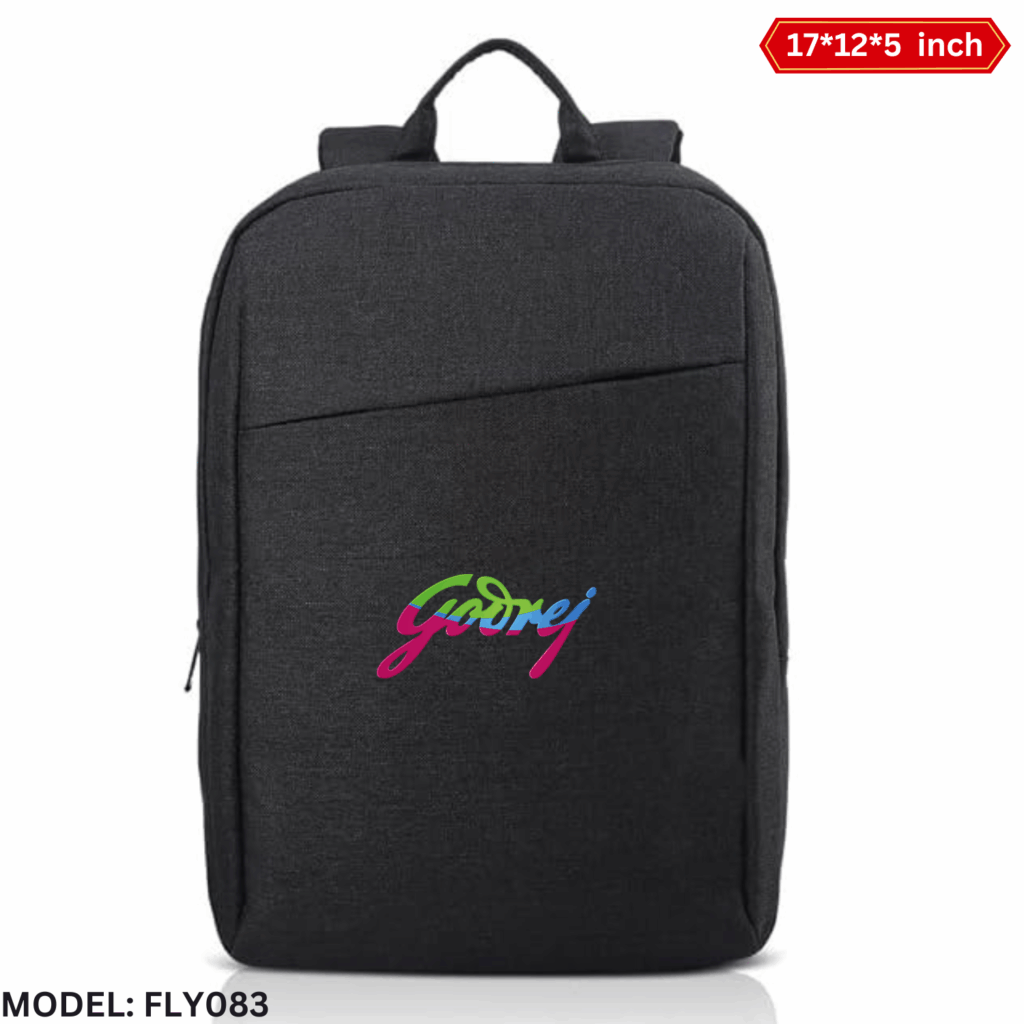

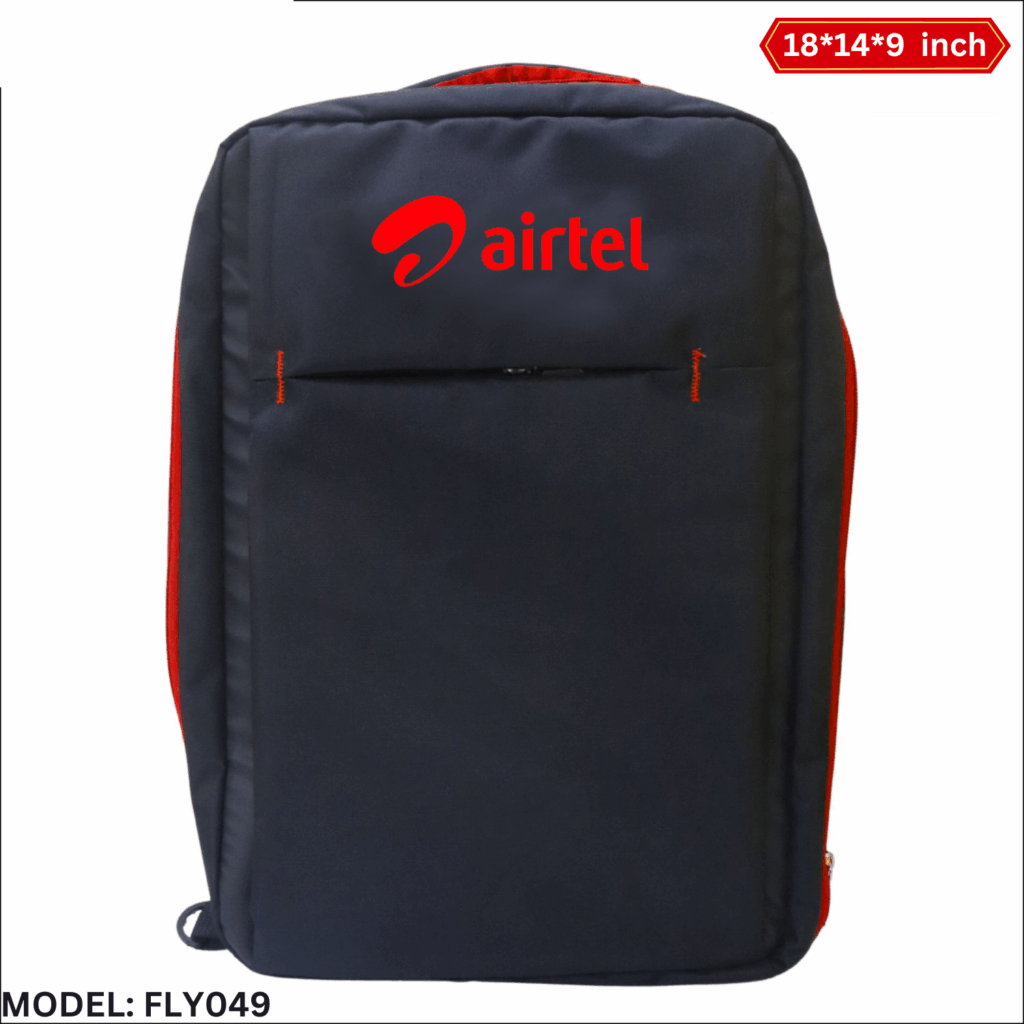
🚫 Mistake #1: Not Defining the Objective of the T-Shirts
Why it’s a problem:
Many NGOs jump into ordering without a clear purpose—whether it’s branding, awareness, team unity, or fundraising. This leads to design confusion, inappropriate fabric choices, or unnecessary costs.
How to avoid it:
Start with a goal. Ask:
Is this t-shirt for one-time use (like a rally)?
Or long-term use by volunteers?
Is visibility or comfort more important?
Once the purpose is clear, everything from the fabric to the design becomes easier to finalize.
🚫 Mistake #2: Choosing the Cheapest Option Without Checking Quality
Why it’s a problem:
Budget is always tight for nonprofits—but picking the cheapest vendor without checking reviews, fabric samples, or past work often leads to dull prints, tearing fabrics, and shirts that lose shape after one wash.
How to avoid it:
Request samples.
Ask the supplier for photos of past NGO work.
Choose a vendor with experience in bulk NGO orders.
Opt for durable cotton blends (180-200 GSM) if it’s for multiple uses.
🚫 Mistake #3: Overlooking the Power of Design and Message
Why it’s a problem:
A t-shirt is walking advertisement. A bland design or cluttered logo won’t attract attention or inspire conversations.
How to avoid it:
Keep it simple but bold.
Use contrasting colors for text/logo.
Include your NGO name, logo, and a strong message (“Save Trees, Save Earth”).
Make sure the design is visible from a distance.
Work with a designer or ask your t-shirt vendor for free mockups before printing.
🚫 Mistake #4: Not Considering Gender or Size Diversity
Why it’s a problem:
Ordering all medium or large sizes seems easier—but it leaves many volunteers uncomfortable or excluded, especially women or children.
How to avoid it:
Take size counts in advance (S, M, L, XL, etc.).
Ask if gender-specific fits are available.
If unsure, order a mix with more of the common sizes (M & L) and a few in XS and XXL.
Inclusivity matters—and comfortable volunteers are happy ambassadors.
🚫 Mistake #5: Missing the Delivery Timeline
Why it’s a problem:
NGOs often forget to buffer for production or shipping delays, resulting in t-shirts arriving after the event.
How to avoid it:
Place orders at least 2–3 weeks in advance.
Confirm the exact delivery date with the supplier.
Choose a vendor offering pan-India delivery with tracking.
A delay of even two days can make the entire effort meaningless if your event is already over.
🚫 Mistake #6: Ignoring Local Weather When Choosing Fabric
Why it’s a problem:
Heavy fabrics in summer or polyester in humid regions can cause discomfort, sweating, or even allergies.
How to avoid it:
For hot areas/events: Use 100% cotton or breathable cotton blends.
For monsoon or winter: Try poly-cotton blends or sweatshirts.
Ask your supplier to recommend fabric based on location and season.
Comfortable volunteers engage better and wear your t-shirt longer, increasing awareness.
🚫 Mistake #7: Ordering Without Branding Consistency
Why it’s a problem:
Multiple logos, different fonts, or inconsistent colors weaken your NGO’s identity.
How to avoid it:
Stick to your brand colors and fonts.
Use the same logo placement (usually left chest or center).
Get your branding guidelines or a simple brand kit ready before ordering.
Strong branding leads to stronger recall and donor interest.
🚫 Mistake #8: Not Asking for Mockups or Samples
Why it’s a problem:
What you imagine may not match the final print. And once printed, there’s no going back.
How to avoid it:
Always request digital mockups or printed samples.
Check print size, logo clarity, and placement.
Get team feedback on the sample before finalizing bulk order.
This small step can save your entire campaign from looking unprofessional.
🚫 Mistake #9: Ordering Too Few or Too Many
Why it’s a problem:
Ordering too few leads to shortage at events. Ordering too many leads to unnecessary stockpile and budget waste.
How to avoid it:
Estimate team size + 10% buffer.
Use past event data to estimate turnout.
Ask if your vendor allows reordering in smaller quantities if needed.
🚫 Mistake #10: Not Working with a Specialized Vendor
Why it’s a problem:
Generic t-shirt printers may not understand the urgency, budget limitations, or outreach goals of NGOs.
How to avoid it:
Choose a vendor who has experience working with NGOs, schools, or events.
👉 Flyten specializes in custom t-shirts and backpacks for NGOs, with low MOQ (minimum 100 units), durable fabrics, and pan-India delivery. Whether it’s for your next tree plantation drive or women empowerment campaign, we’ve got your team covered—literally!
✅ Final Tips Before You Order:
Lock your design early.
Confirm your quantity, size mix, and delivery date.
Ask for mockups and GST invoice.
Choose high-visibility colors if the goal is awareness.
Need Help?
If you’re an NGO looking to order impactful, affordable custom t-shirts in bulk, Flyten is ready to help you from design to doorstep.
📞 Call us at +91-93546 76905
🌐 Visit: https://flyten.co.in
Related Article:
Premium vs Budget Custom Gifts: What’s Best for Your Business Clients? Flyten
Customized T-Shirts for Corporate Events: Boost Team Spirit & Branding || Flyten
Top 5 Corporate Merchandise Ideas for 2025 That Will Elevate Your Brand || Flyten
Why Corporates Are Switching to Custom Backpacks for Employee Gifting || Flyten

